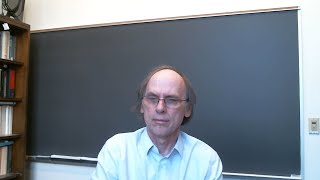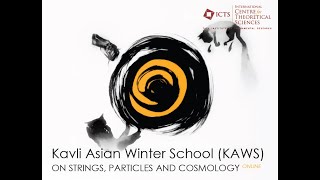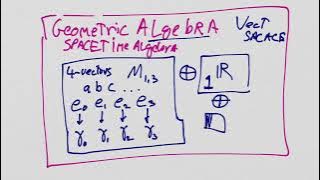Exact solutions in general relativity | Geometry | Lorentzian manifolds
Minkowski space
In mathematical physics, Minkowski space (or Minkowski spacetime) (/mɪŋˈkɔːfski, -ˈkɒf-/) is a combination of three-dimensional Euclidean space and time into a four-dimensional manifold where the spacetime interval between any two events is independent of the inertial frame of reference in which they are recorded. Although initially developed by mathematician Hermann Minkowski for Maxwell's equations of electromagnetism, the mathematical structure of Minkowski spacetime was shown to be implied by the postulates of special relativity. Minkowski space is closely associated with Einstein's theories of special relativity and general relativity and is the most common mathematical structure on which special relativity is formulated. While the individual components in Euclidean space and time may differ due to length contraction and time dilation, in Minkowski spacetime, all frames of reference will agree on the total distance in spacetime between events. Because it treats time differently than it treats the 3 spatial dimensions, Minkowski space differs from four-dimensional Euclidean space. In 3-dimensional Euclidean space (e.g., simply space in Galilean relativity), the isometry group (the maps preserving the regular Euclidean distance) is the Euclidean group. It is generated by rotations, reflections and translations. When time is appended as a fourth dimension, the further transformations of translations in time and Galilean boosts are added, and the group of all these transformations is called the Galilean group. All Galilean transformations preserve the 3-dimensional Euclidean distance. This distance is purely spatial. Time differences are separately preserved as well. This changes in the spacetime of special relativity, where space and time are interwoven. Spacetime is equipped with an indefinite non-degenerate bilinear form, variously called the Minkowski metric, the Minkowski norm squared or Minkowski inner product depending on the context. The Minkowski inner product is defined so as to yield the spacetime interval between two events when given their coordinate difference vector as argument. Equipped with this inner product, the mathematical model of spacetime is called Minkowski space. The analogue of the Galilean group for Minkowski space, preserving the spacetime interval (as opposed to the spatial Euclidean distance) is the Poincaré group. As manifolds, Galilean spacetime and Minkowski spacetime are the same. They differ in what further structures are defined on them. The former has the Euclidean distance function and time interval (separately) together with inertial frames whose coordinates are related by Galilean transformations, while the latter has the Minkowski metric together with inertial frames whose coordinates are related by Poincaré transformations. (Wikipedia).




















